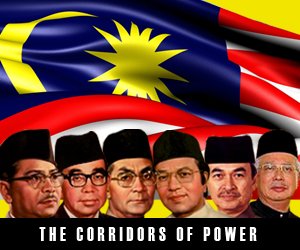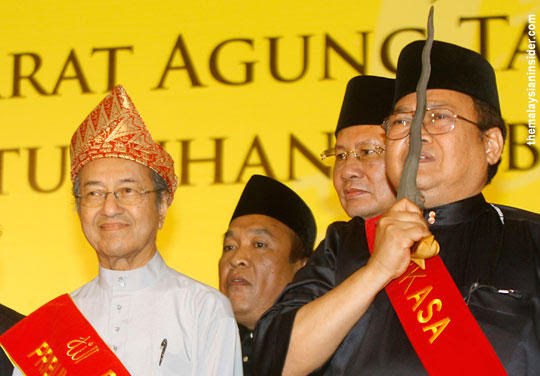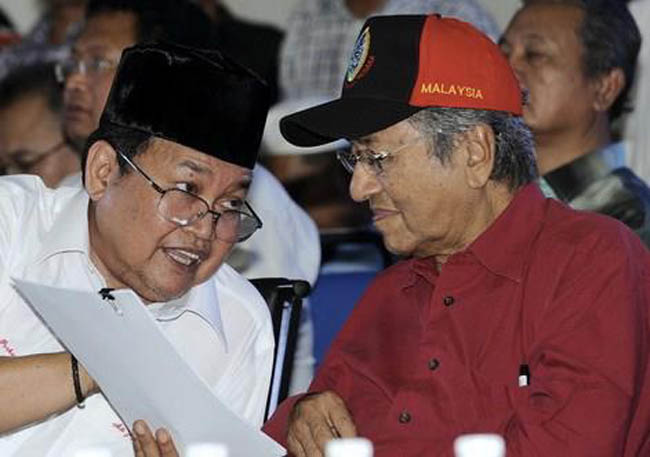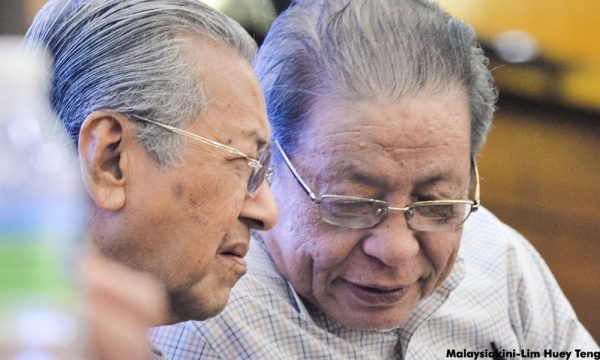Saw this old post of mine in FB and thought I might republish it:
Hated by Indra
Yesterday when I was in a barber shop waiting for my turn, I read bits of an old book lying on the magazine table. The barber gave it to me as he saw me so engrossed in its pages. It's a 1993 novel by Martin Booth titled ‘The Iron Tree’.
The story centred around an Irish Catholic priest in China of yonder days (1900). I came to the page which described the priest strolling along a road beside the river that flowed past Wuchow, the village he was stationed at. He saw Chinese coolies (labourers) hauling blocks of stones from a barge to the town. These were the lines I was drawn to:

The blocks were several feet square and each took two men with a substantial bamboo pole slung between their shoulders to lift it. These pairs of men struggled up the steep bank with the blocks, their breath coming in starved gasps by the time they reached the road, their horny bare feet kicking up dust as they staggered off into the town.
Pausing for some minutes, I watched the procession, wondering what life expectancy might be of these near-slaves. They could not be able to look forward to long lives and it was of no surprise to me the British had found it so easy to addict the Chinese to opium. Anyone with such an existence would want frequent release into a better world.
Opium has always been associated with the Chinese. But not many people, especially westerners, are aware that it was the British who forcefully brought large quantities of the drug (from its Indian colonies) into China, leading to two wars with China, appropriately called the Opium Wars, when the Chinese authorities attempted to bar the imports of the dangerous substance.
The Chinese lost both times and were heavily punished by the British with severe bank-breaking amounts of monetary compensation. Naturally British supplied opium continued flowing into China, and the rest is history.
The British Parliament, British merchants and the Royal Navy were collectively the world's original (and probably BIGGEST) drug cartel.

But I return to Martin Booth’s most observant two sentences of
They could not be able to look forward to long lives and it was of no surprise to me the British had found it so easy to addict the Chinese to opium. Anyone with such an existence would want frequent release into a better world.
Nearly five years ago I wrote The Toddy Syndrome where I stated:
Probably the most deprived and marginalised ethnic group in Malaysia, a land of bountiful plenty, is the Indian community. […]
The typically hardworking but unskilled Indian struggles at the lower scale of employment, earns enough to live from hand to mouth day to day, has no or little after-hours amenities, has many children as a result of their sole entertainment (not unlike Chinese farmers in remote rural areas), at the end of work dashes off to the local ‘pub’ for several tin mugs of watered toddy, gets himself pissed drunk to blank out his agonizing frustration, apprehension, worries, physical/mental pain, hopelessness and anger at his-fate-decided-by-the-gods, ... [...]
The evil toddy ... has become the straw to hang on for many socially-drowning Indians. Its devastating effect produces the syndrome, but the disease is hopelessness in an increasing competitive world that is rapidly leaving many Indian Malaysians behind.
Their children are born into immediate disadvantage. Their community is looked down upon. They are assigned ownership of Malaysian crimes which cannot be attributed to foreign migrant workers. They have become the debris, flotsam and garbage of Malaysian society.
Such is the unhappy lot of the chronic poor, impoverished people who would be exploited for the economic and sensual gratification of the ruling class and the rich.
These unfortunate people include Filipino or Indonesian maids in Malaysia and the Gulf countries, (once) poor Vietnamese in the old USSR and East Germany, underage Thai prostitutes, semi-naked Chinese women demeaned into cavorting with hundreds of snakes in glass cages in restaurant in southern China, illegal migrant prostitutes in Malaysia, and as for India, the world’s biggest democracy, one only needs to read Aravind Adiga’s Man Booker Prize winning book ‘The White Tiger’ to realize the evils of class-caste exploitations and persecutions in India.

We can bet 100% that when society has a class system, whether this was determined by religion as among Hindus and orthodox Jews (Cohanim, Leviim, and Israelites), or social strata as among the English and (earlier) Japanese, the culprit who developed and propagated the system would undoubtedly have come from an upper Brahmin class.
As French philosopher Claude Levi-Strauss said:

“The only phenomenon with which writing has always been concomitant is the creation of cities and empires, that is, the integration of large numbers of individuals into a political system, and their grading into castes or classes. It seems to have favored the exploitation of human beings rather than their enlightenment.”
But thousands of years of (religious or/and societal) indoctrination have convinced the lower class, despite their modern education, to accept their man-assigned positions. I recall an Indian friend, a Dalit, who lamented he couldn’t marry the woman he loved (and who loved him too) because she was from a higher caste.

In Hinduism, the highest three castes of Hindu society are known as the twice-born (Sanskrit द्विज : Dvija) because they have undergone the sacred thread ceremony (Upanayana), in which male members are initiated into the second stage of life (ashrama) of a Vedic follower. This sacred thread ceremony is considered to be a type of second birth.
Traditionally, twice-born Hindus belong to the first three groups of the Hindu caste-system: 1) Brahmins, 2) Kshatriyas, and 3) Vaishyas. However, in many Hindu scriptures the word Dvija refers only to Brahmins in Hindu texts who possess mythical, religious superiority.
The doctrine of the "twice-born" has been criticized for promoting hierarchy and elitism in Hindu society but its supporters see it as a type of initiation and purification into a higher state of existence, analogous to baptism in other religions.
Socio-religious Context
The Hindu doctrine of the twice-born castes arose from the fusion of a number of interrelated doctrines that provided ideological backing for this teaching. These affiliated doctrines are known as the Varna System, the ashrama system, and the purusarthas (four aims of life).
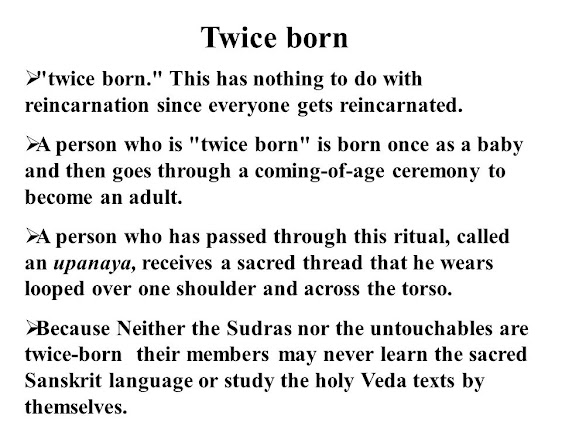
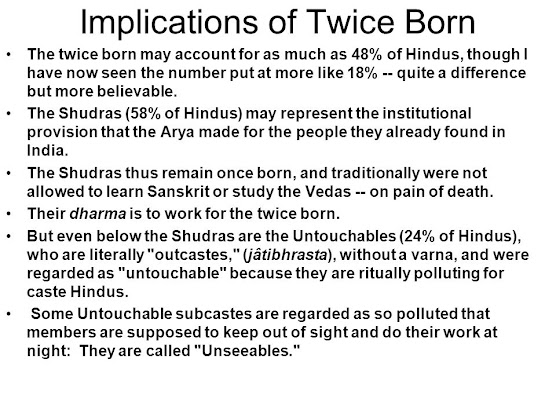
I looked at him in shock and asked why in today’s world he and his sweetheart would even accept such social discrimination. All he did was moan and groan and cry out in despair that it was impossible to break free from the shackles of the Hindu caste system. Of course with such an attitude, he didn’t marry her.
There is no greater evil than the caste-class system, especially one instituted by so-called religion:

Indra
He gained possession of the Sun and Horses, Indra obtained the Cow who feedeth many. Treasure of gold he won; he smote the Dasyus [dark skinned people], and gave protection to the Aryan color
- Rig Veda III.34.9
Blowing away with supernatural might from earth and from the heavens the swarthy skin which Indra hates
- Rig Veda IX.73.5


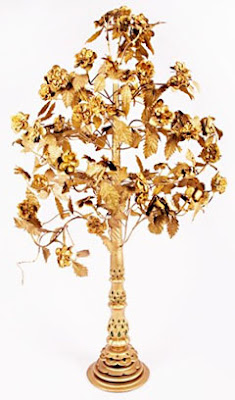


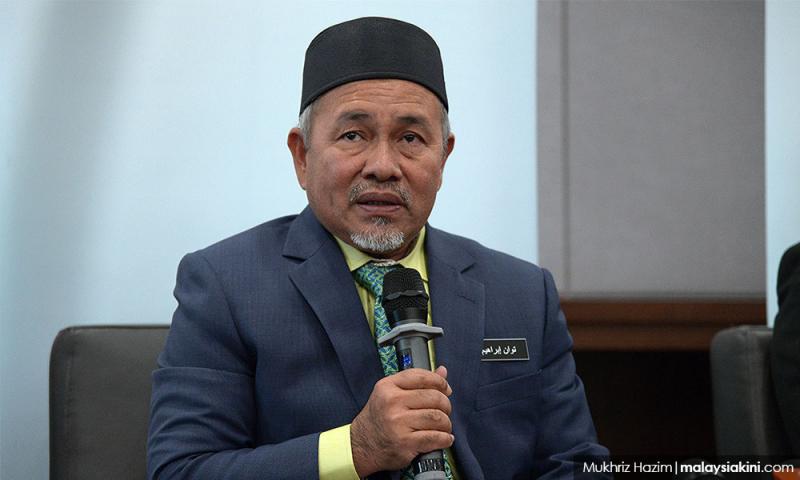









.jpg)




















